#palekh
Explore tagged Tumblr posts
Text
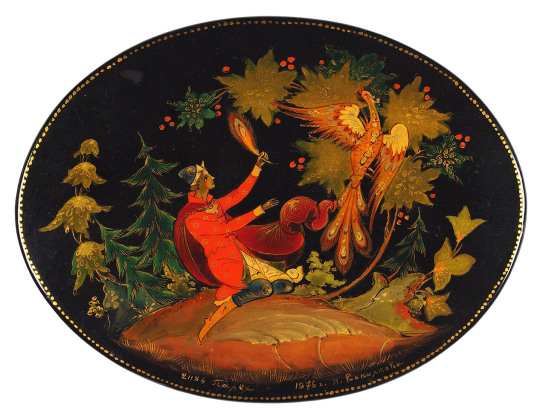
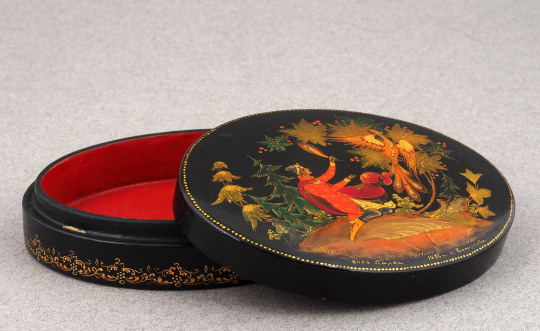
The Firebird. Vintage wooden box made in Palekh, painted by N. Vanilkova (USSR, 1976).
280 notes
·
View notes
Text

Palekh painting on a small box with illustration of "Morozko" tale.
Palekh miniature is a Russian folk handicraft of a miniature painting, which is done with tempera paints on varnished articles made of papier-mâché (including the creation of small boxes, cigarette cases, and powder cases).
Morozko (Grandfather Frost) is a spirit of frost or sometimes a wizard of winter. Since the 19th century this character has changed, and now he is a symbol of the New Year holiday. Morozko is similar to Santa Claus in his modern role in russian culture.
172 notes
·
View notes
Text

"Polina The Pear" is my newest sculpture, currently in What The Folk, a group exhibition celebrating contemporary folk art! 🍐



The path to inspiration started a few months ago while sketching matryoshka and thinking they looked like funny little gourds. What would it be like to harvest them from the wild? I took the idea further, drawing a variety of growing things with decorated skins and sweet faces. When the opportunity for this show came up, I felt my little apple and pear were perfect candidates for sculpture.
The painted surface is inspired by intricate miniatures known as palekh which depict colorful scenes from myths and folk tales on small black lacquered boxes, brooches, and trinkets. The painting on Polina's stylized head scarf tells the tale of how she was turned into a pear, after inadvertently angering an imp which lived in the pear tree.
On the branch she hangs, waiting for the kind bird, brave doll, or hapless fool that will bring about her deliverance.
💚 Anka
Acrylic painting on paper clay, 3x4", 2025. Available online through Poetic Tiger Gallery
#poetic tiger gallery#art show#sculpture#folk art#fruits#pear#weird art#fairy tale#fantasy art#paperclay#handmade#sculpting#artists on tumblr#art#painting#pop surrealism#agblend13#traditional art#acrylic painting#lowbrow art#traditional painting#sculptor#fable#slavic#russian#palekh#matryoshka
13 notes
·
View notes
Text




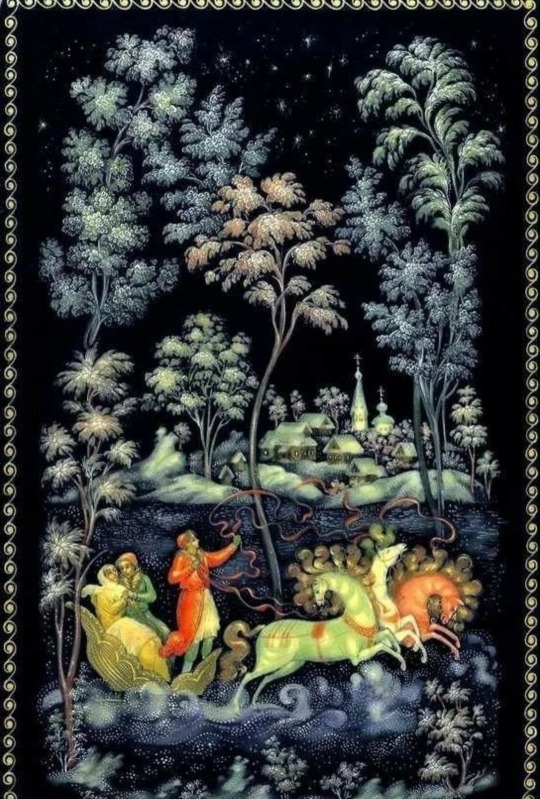
Russian lacquers (Palekh, Fedoskino)
#i loove lacq 🤌 I LOOVE LACQUERWARE OK#japanese and russian especially#lacquer#russian art#folk art#palekh#fedoskino#miniature#miniature art#fairy tale aesthetic#fairy tales#fairy tale art#fashion & decor#inspo
10 notes
·
View notes
Text

9 notes
·
View notes
Text
It's been a hot minute, so here is Part Four of KarmaGotMe's Op Shop Finds!
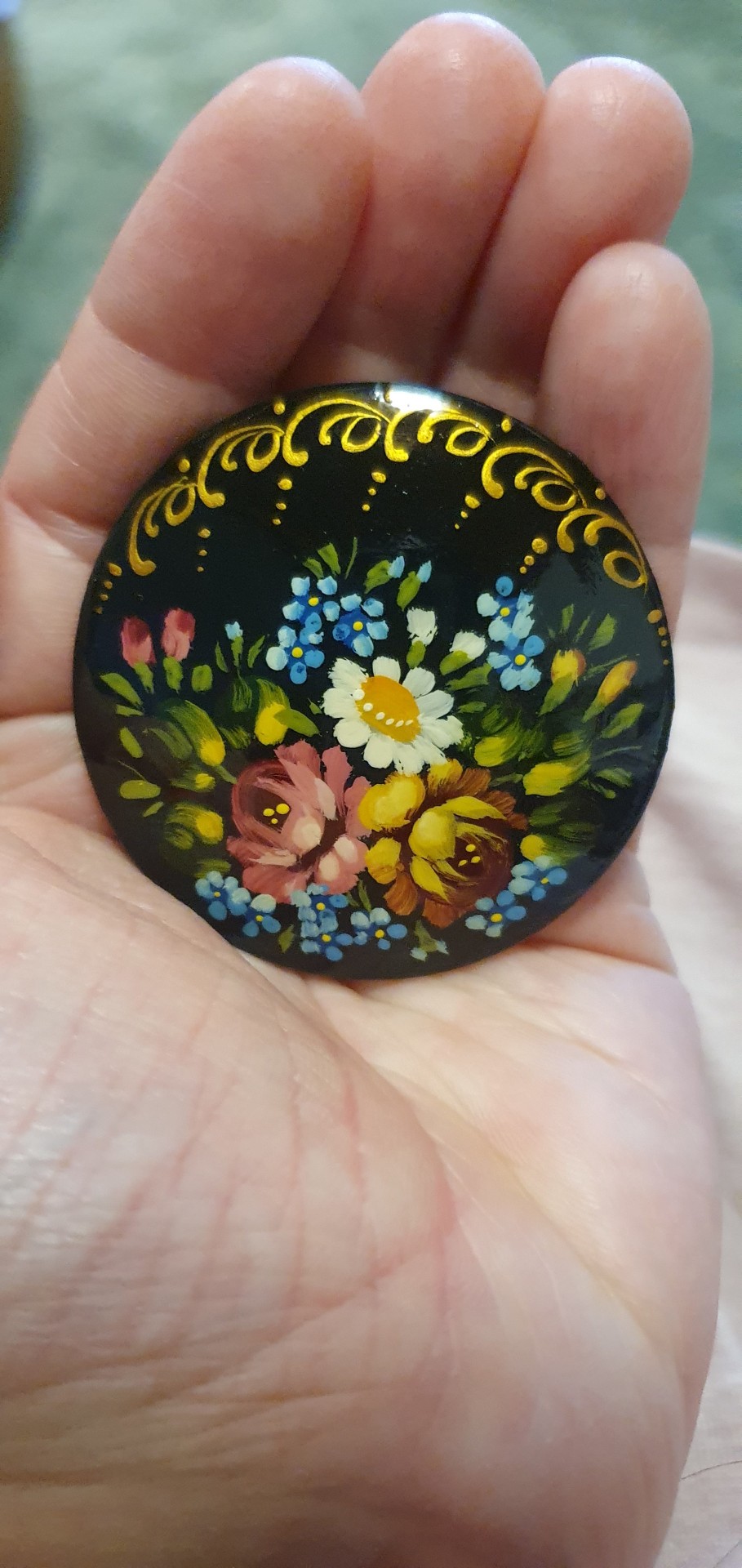
I couldn't believe my eyes when I saw this. For months I've been looking at all sorts of floral brooches online and I'd seen ones like this selling for around $30 or more, but I found this beauty for $2!
So, this hand painted black lacquer brooch comes from the Pakleh artworks. From what I can tell, brooches and boxes seem to be the main 2 bases, with the majority of the artwork either being floral or religion based (there are others that aren't, you just don't see them often). No two brooches or boxes will ever be the same, so getting your hands on something so unique is just an awesome feeling. I highly recommend checking out what other pieces of art there are from this Russian village.
#Palekh#Palekh artwork#Floral brooch#Unique#Op shop find#Op shop finds#Thrift#Thrift finds#Thrifting
2 notes
·
View notes
Text
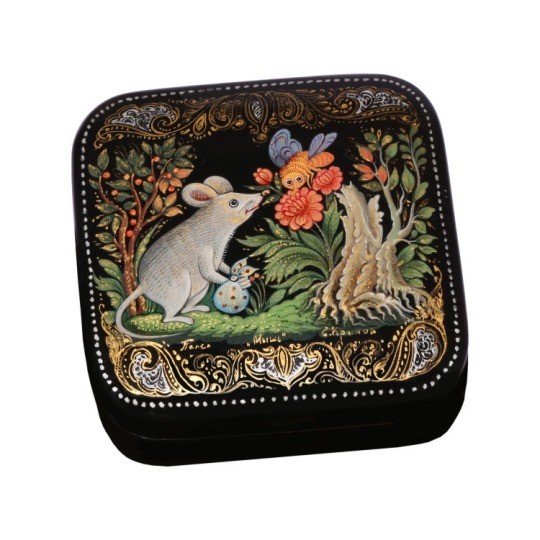
Mouse and bee
2 notes
·
View notes
Text

✯ Round 8 ✯ Final Match ✯
The current flag of Palekh, Ivanovo Oblast, Russian Federation
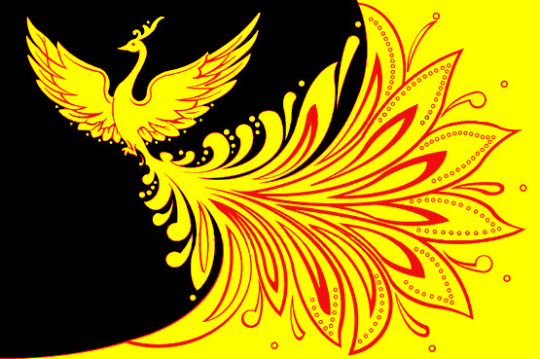
vs.
The current flag of Tikiraqjuaq (Whale Cove), Nunavut, Canada

Tournament Policies: ✯ Choose the flag that's more meaningful to you! ✯ Be respectful of place names and cultural symbols in your commentary!
#cft polls#polls#flag: Palekh - Ivanovo Oblast - Russian Federation#flag: Tikiraqjuaq (Whale Cove) - Nunavut - Canada#eyestrain#eyestrain: color
121 notes
·
View notes
Text
#collectible#ebay#gift idea#soviet era#ussr#Russian folk tales#russian art book#Palekh Kurkin#illustrated book
0 notes
Text
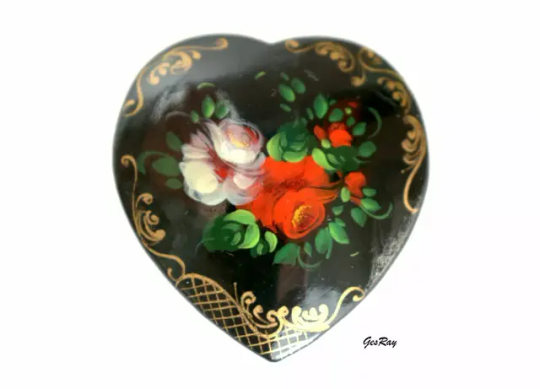
0 notes
Text
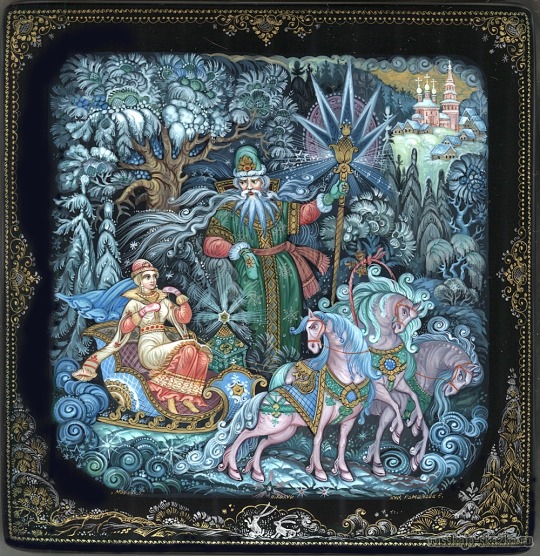
Palekh painting on a small box with illustration of "Morozko" tale.
Palekh miniature is a Russian folk handicraft of a miniature painting, which is done with tempera paints on varnished articles made of papier-mâché (including the creation of small boxes, cigarette cases, and powder cases).
Morozko (Grandfather Frost) is a spirit of frost or sometimes a wizard of winter. Since the 19th century this character has changed, and now he is a symbol of the New Year holiday. Morozko is similar to Santa Claus in his modern role in russian culture.
#morozko#морозко#palekh painting#палехская миниатюра#palekh#палех#russian#slavic#russian tales#russian illustration#русские сказки#russian folklore#new year
157 notes
·
View notes
Text


Flag Wars 2: Finals
62 notes
·
View notes
Text
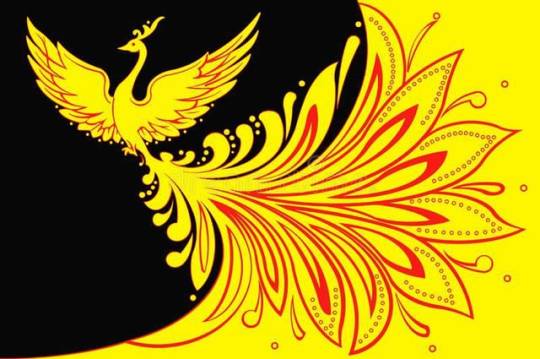
100 notes
·
View notes
Text
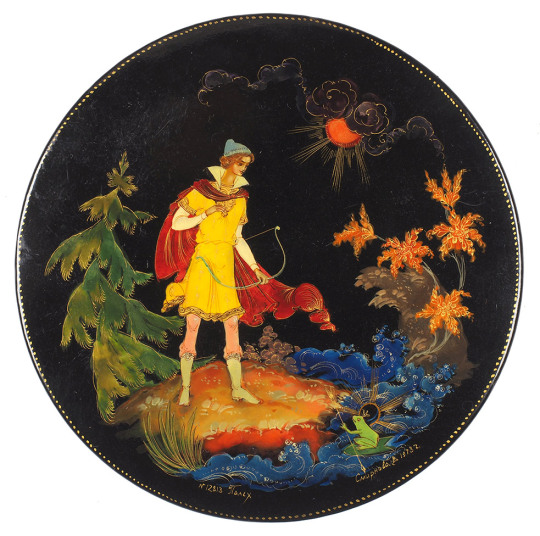
Vintage Princess Frog lacquer box from Palekh, Russia. Designed by Valentina Smirnova (1973).
159 notes
·
View notes
Text
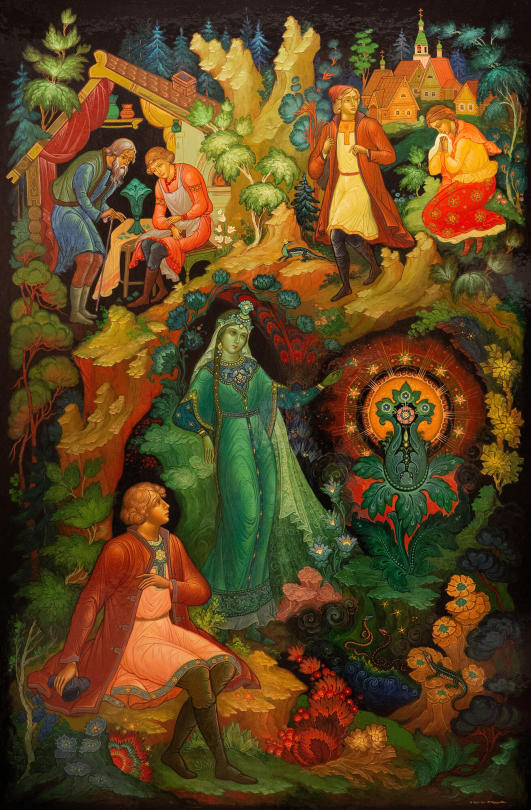
The Mountain Craftsman
Created in the traditional style of Palekh miniature, this panel by a Palekh-born artist Kaleria Kukulieva features scenes from Pavel Bazhov's collection of fairy tales about the Malachite Maid also known as "The Mistress of the Copper Mountain".
She is a prominent figure of general Russian fairy tales and local Ural folk tales coined around the area of one of the oldest Ural-based copper mines. Having been in use since around mid-2nd millennium BCE, this mine would receive the folk name "The Copper Mountain".
The Malachite Maid is described differently in various sources. Most frequently she is a stone woman in a dress of malachite who guards the mines and the ore reserves deep in the heart of the Ural mountains. She is a benefactor of respectful miners and seems to favor talented craftsmen, but she is also a protective spirit of the mountain region that punishes those who take her patronage for granted.
In Bazhov's fairy tales, she's a woman of medium height, not very tall, and beautiful to look at. Her hair is black and braided, heavy and going straight down her back; the ribbons in it are presumably made of copper. In other tales, she can transform into or is inherently a green lizard with a golden crown on her head (currently depicted on the coat of arms of the town where the Copper Mountain is located).
Photo source: 🏺
#MITOLOGIA 🏛️#BELLAS ARTES 🖼#russian art#russian artist#russian folklore#russian fairy tales#slavic mythology#malachite maid#id in alt text
29 notes
·
View notes
Text

"When Christ says, “No one comes to the Father except by me,” modern Christians take it to mean that non-Christians go to hell. It is, in fact, a statement about the nature of Trinitarian existence. No one can come to the Father apart from Christ because there is no Father apart from Christ."
~Fr. Stephen Freeman
Icon of the Holy Trinity, by Paternitas 1855 (State Museum of Palekh Art)
#Orthodox Christian#Holy Trinity#Icons#God#Father Son Holy Spirit#Fr. Stephen Freeman#three hypostases
109 notes
·
View notes